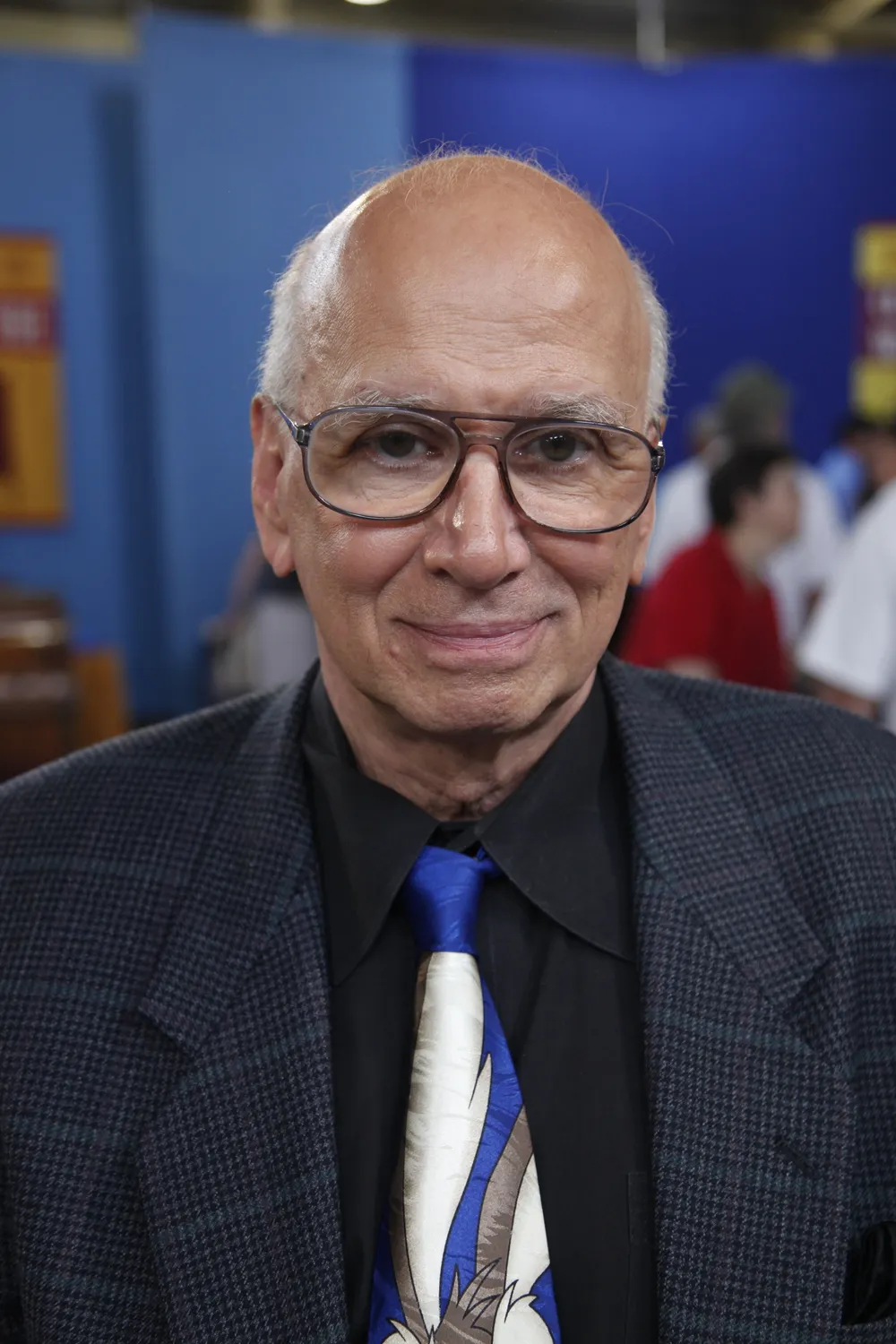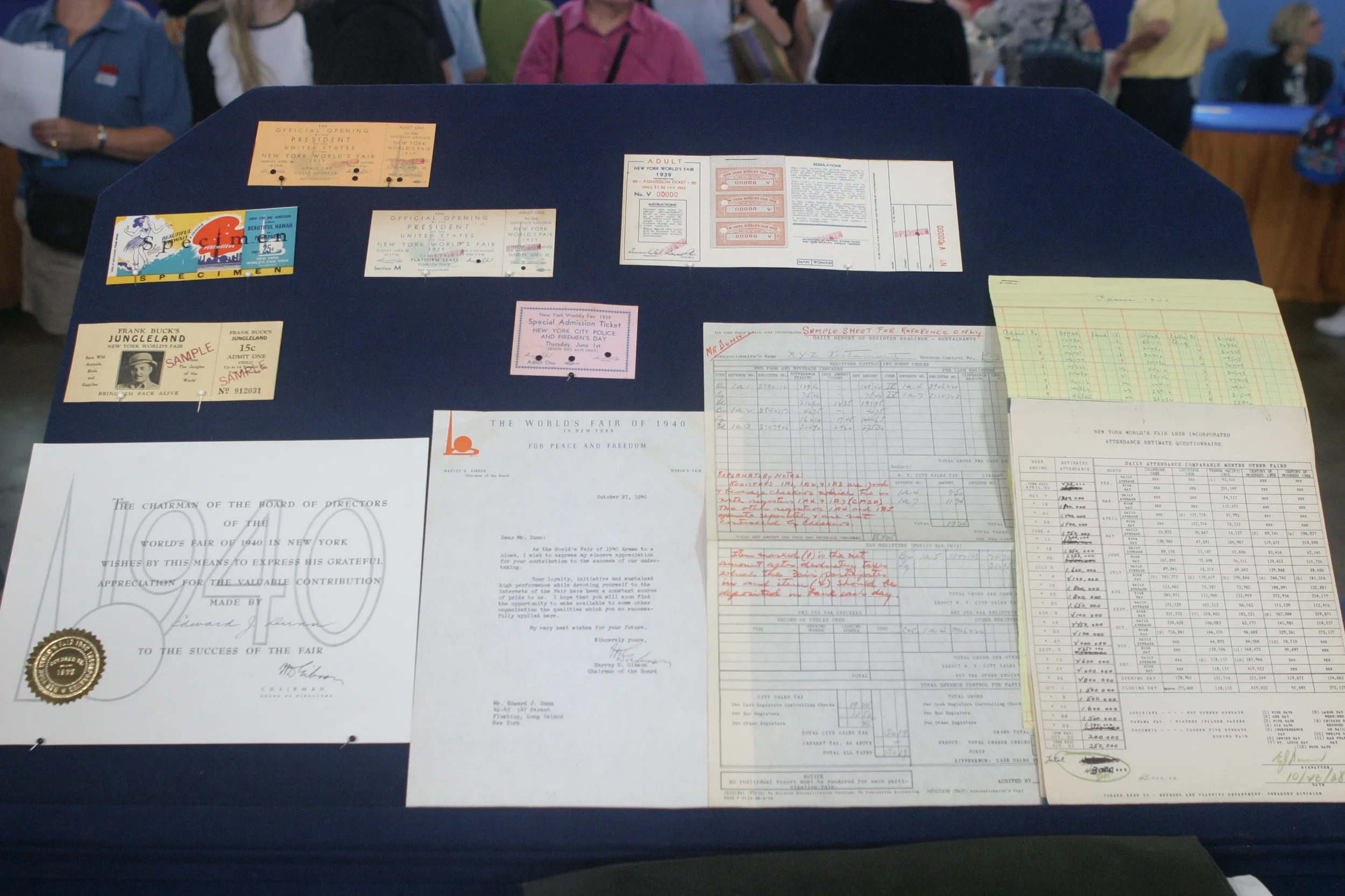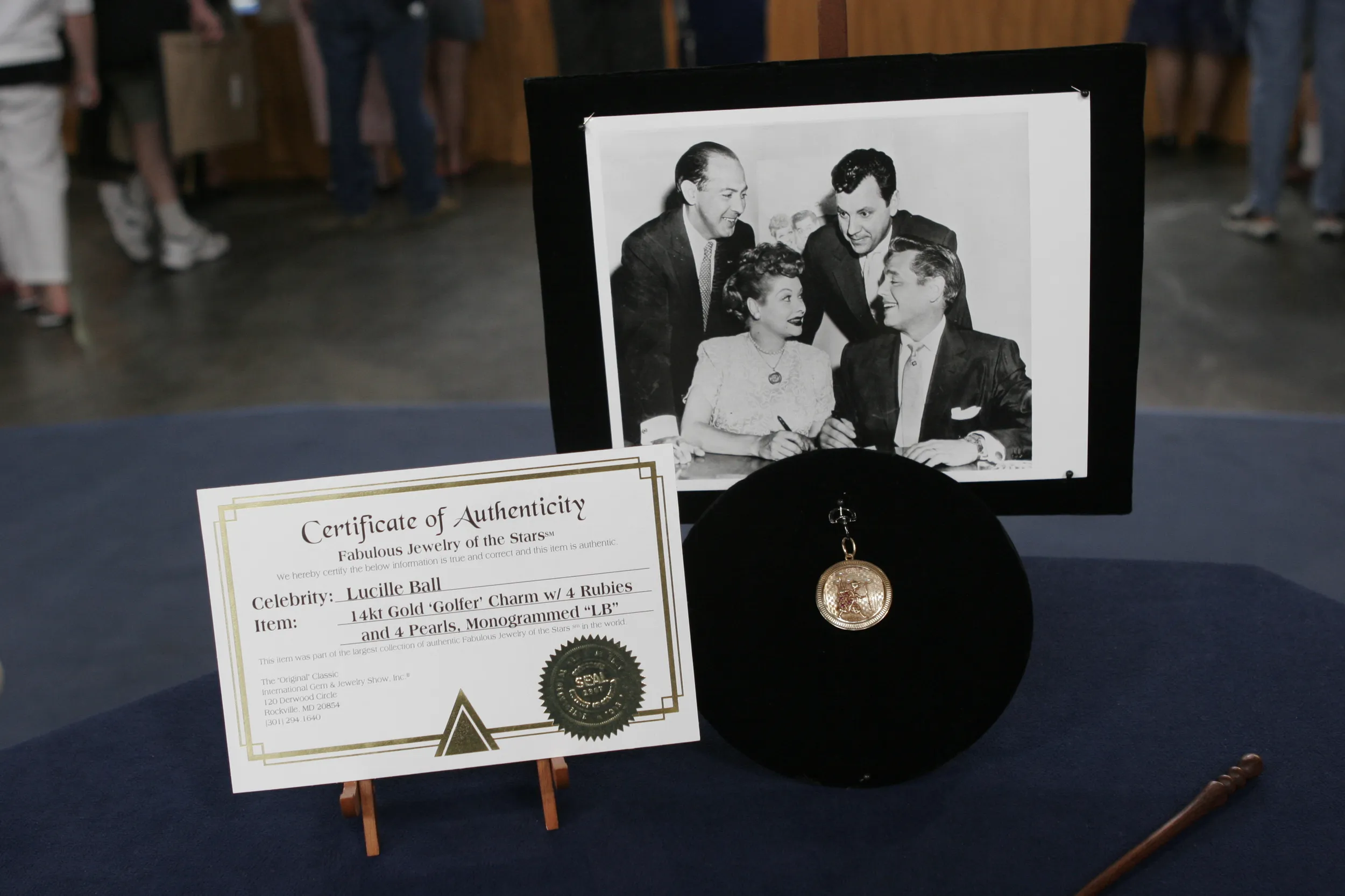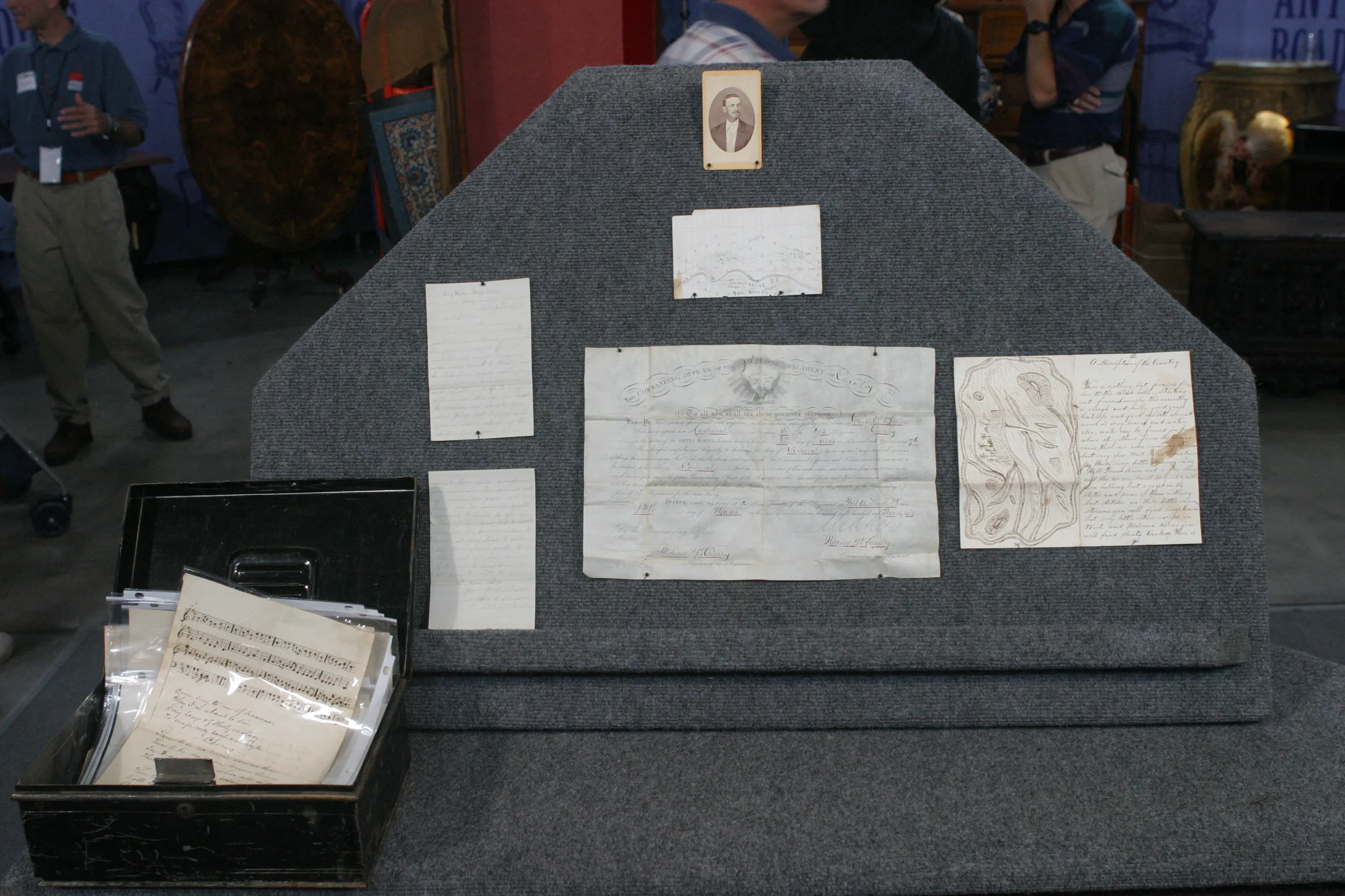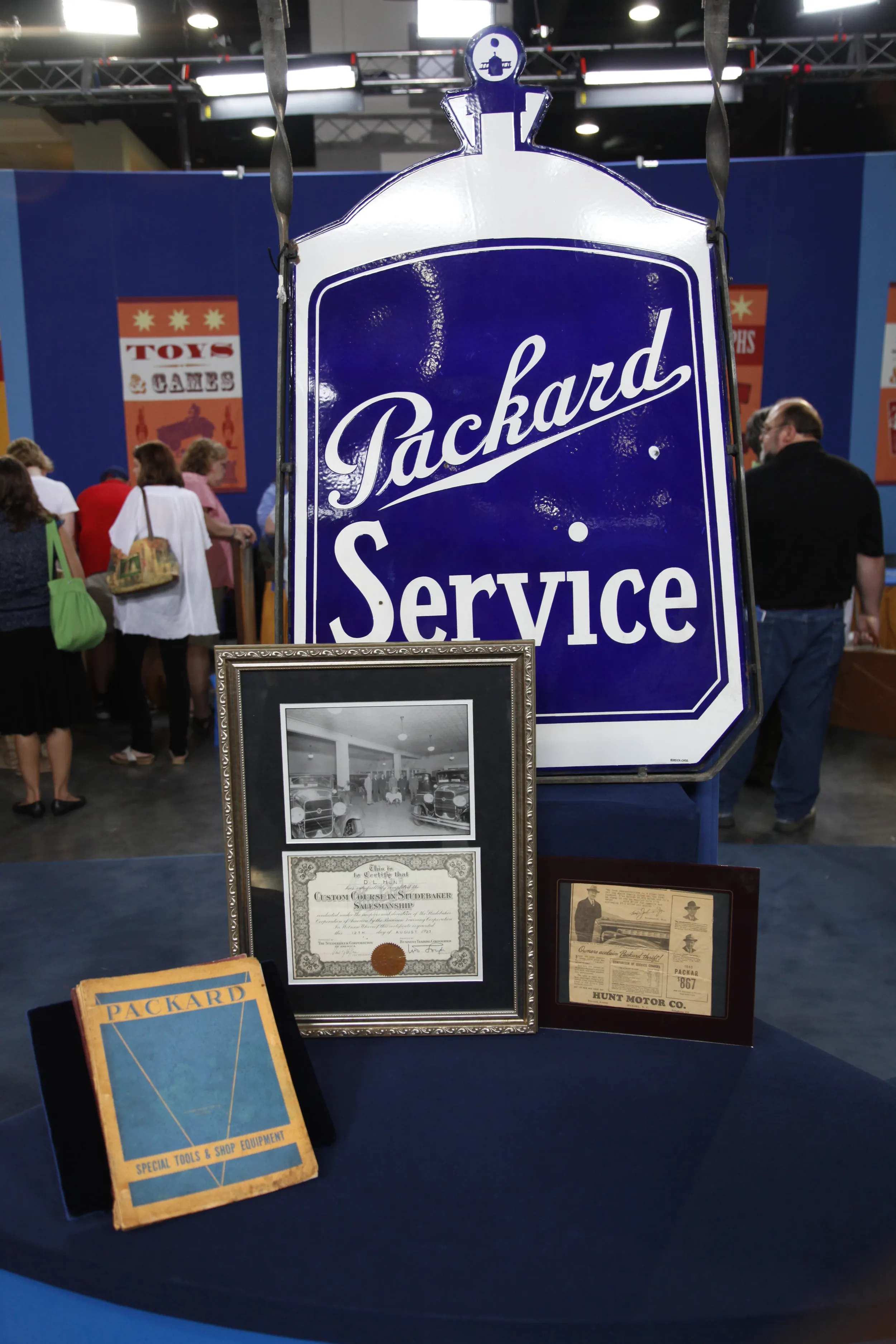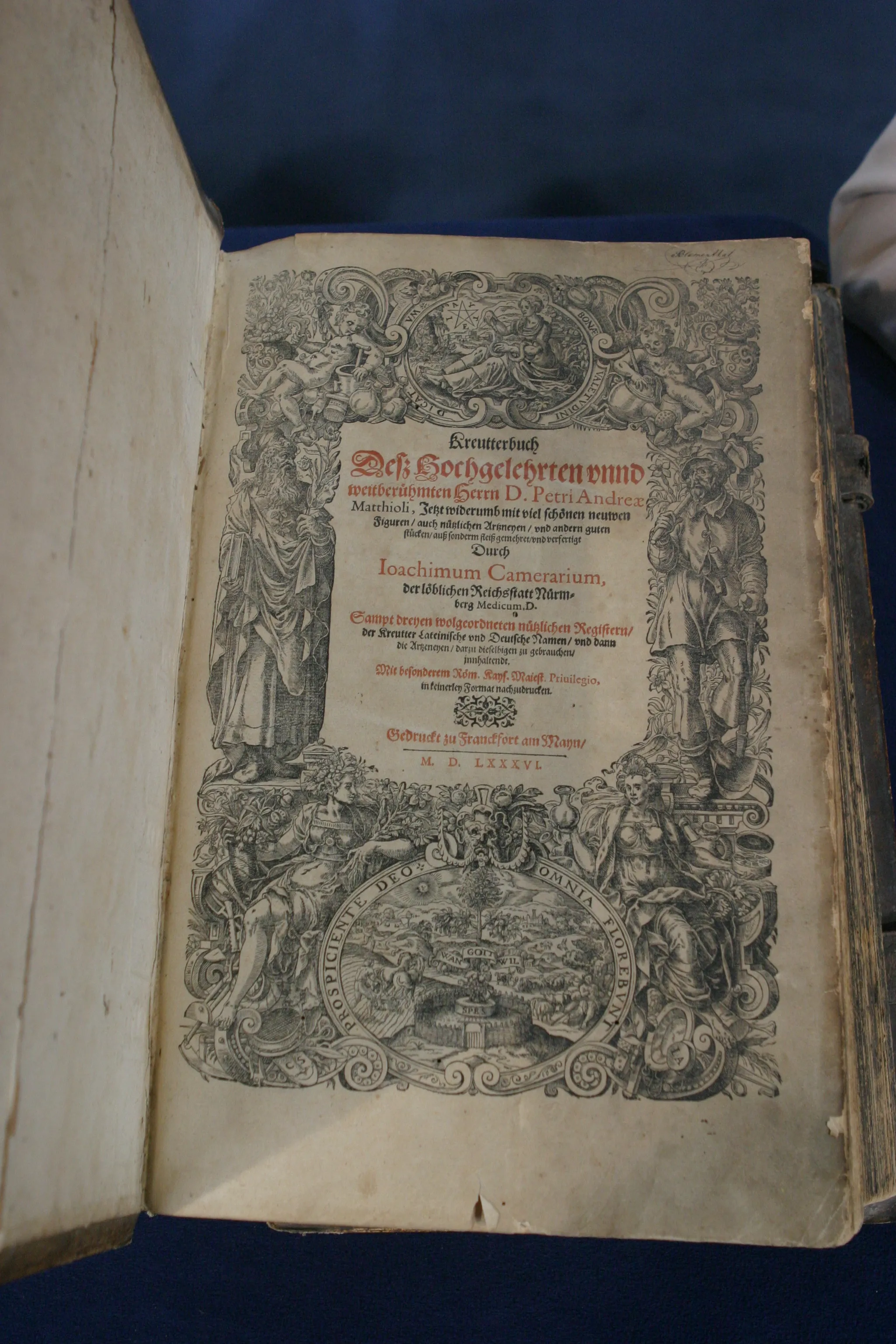GUEST: This is my husband's grandfather's dealership in Asheville, North Carolina. The other one with the picture was in Hickory, North Carolina, and that was my father-in-law's dealership. This is from 1940, and the price of a Packard in 1940 was $867.
APPRAISER: Yes. And we have one piece of ephemera from the dealership. This is from the repair department, and it has all the parts and their prices. You know, we're going through a crisis now in the American automobile industry. We're losing a lot of nameplates, a lot of cars going out of business. But it's really nothing new because in 1959, Packard went out of business.
GUEST: Right.
APPRAISER: And this piece here is also from the dealership.
GUEST: Yes, it is.
APPRAISER: It's a two-sided sign.
GUEST: Yes.
APPRAISER: So it hung at an angle to the building.
GUEST: Yes.
APPRAISER: Now, what you have here is an early 1930s enamel-on-steel sign. Now, signs come in all kinds of formats. But the king of signs, of all signs, is enamel. That's what collectors really think of as superior. This is not only a double-sided sign in excellent condition...there's just a few small marks, which is inevitable with enamel signs. For something that's on steel, it's rather easy for that paint to get.. even though it's glazed on, to get damaged. And it's also... this is also known as a die cut sign. You see, it's cut out in a pattern?
GUEST: Yes.
APPRAISER: Very difficult to do in that kind of detail on a major sign. This was done by the Burdick Sign Company, Chicago. We have several very important advertising auctions every year in the United States. And in one of those auctions, a sign like this would fetch between $4,000 and $6,000. It's really one of the...it's one of the nicest signs I've seen on ROADSHOW in quite a few years.
